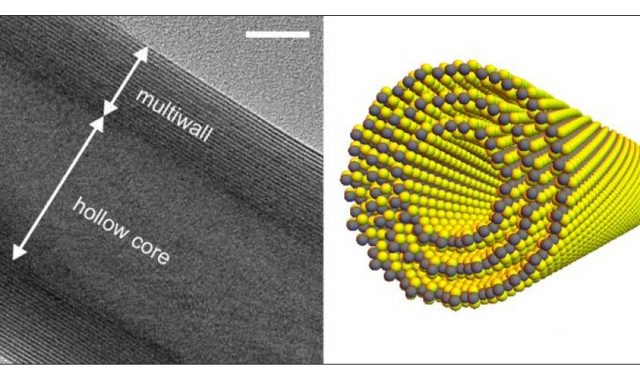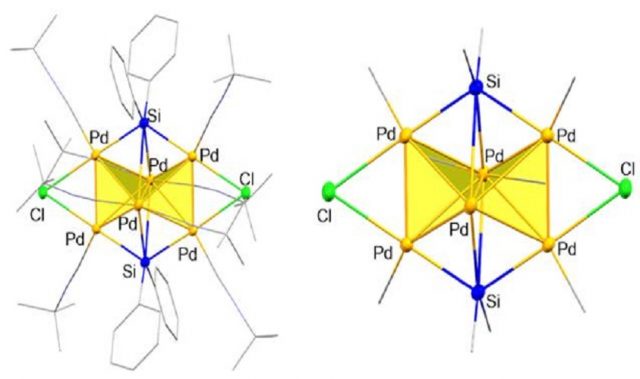
AsianScientist (Oct. 26, 2017) – Scientists in France and Japan have developed a method to visualize the atomic world by turning data scanned by an atomic force microscope into clear color images. Their findings are published in Applied Physics Letters.
Individual molecules and atoms are much smaller than the wavelengths of visible light. Visualizing such tiny structures requires special instruments that often provide only black-and-white representations of the positions of atoms.
Atomic force microscopes (AFMs) are among the most powerful tools available for probing surfaces at the atomic scale. A nanoscale tip moving over a surface can not only give a wide range of information about the physical positions of atoms, but also give data on their chemical properties and behavior.
People often perform AFM measurements by keeping the AFM tip at a fixed height while measuring changes in its vibrations as it interacts with the surface. Alternatively, it is possible to move the AFM tip up and down so that the frequency of the vibrations stays the same. Both these approaches have their advantages, but they can be very time consuming and may result in loss of information.
In this study, researchers centered at the University of Tokyo’s Institute of Industrial Science, led by Professor Hideki Kawakatsu, have created a technique to operate AFMs and visualize the data to extract structural and chemical information in clear, full-color images. They achieve this by moving the AFM tip and transforming the data so that the tip stays above the surface, in a position where the vibrational frequency is strongly influenced by the surface.
“AFM is an extremely versatile technique, and our approach of linking the AFM tip height to the bottom of the frequency curve enabled us to perform measurements without the risk of losing information from the surface,” said Dr. Pierre Etienne Allain, a postdoctoral researcher at the University of Tokyo who is the first author of the paper.
Another benefit of this approach is that the model yields three variables, to which the researchers assigned the colors red, blue, and green, respectively, thereby enabling them to produce full-color images. They also successfully tested their method on a silicon surface.
“If the colors in the image are the same, we can say the signals come from the same type of atom and surroundings,” said Dr. Denis Damiron of the University of Tokyo who is a coauthor of the study. “This new way of representing complex chemical and physical information from a surface could let us probe the movements and behavior of atoms in unprecedented detail.”
The article can be found at: Allain et al. (2017) Color Atomic Force Microscopy: A Method to Acquire Three Independent Potential Parameters to Generate a Color Image.
———
Source: University of Tokyo; Photo: Pixabay.
Disclaimer: This article does not necessarily reflect the views of AsianScientist or its staff.












